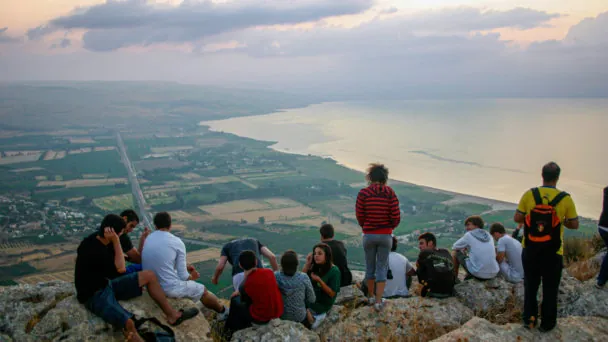Kehilat Hasharon
Ari and Shira’s congregation was not the first congregation planted in Israel, but it was the first of its kind—unapologetically geared towards building a Spirit-filled Hebrew-speaking community of Israelis. For various reasons, the congregation that began in Ari and Shira’s living room in a suburb of Tel Aviv had to move several times, and each time they would lose people who couldn’t make it to the new location. Their congregation needed stability. They needed their own place.
Owning land in Israel is a very complicated endeavor. The simplified explanation is that 85% of land in Israel is government-owned. So even if a private person purchased land, the government could come and cause problems if they didn’t like the activities occurring on that property. So, when considering a land purchase to house the congregation, Ari and Shira knew they would have to purchase private land.
In 1979, around the time their daughter, Shani, was born, they found just the property. It was located in the middle of acres of strawberry fields 10 minutes north of Tel Aviv in a town called Ramat HaSharon. They built the biggest structure they could legally build on an eighth of an acre. The basement would be the meeting place, the main floor would serve as a place for fellowship, and the floor and a half above would be their living space.
You likely will not be able to fully appreciate the chaos of caring for a three-year-old and a newborn while communicating with the house building contractor in your not-mother-tongue of Hebrew during the early days of Israel. But surely, as you can imagine, very few things went smoothly.
Still, in the end it was built, and whether the arch in the entrance was crooked or not wouldn’t matter in light of eternity. Their congregation finally had a permanent home in Ramat HaSharon. It would become known as Kehilat HaSharon (The Sharon Congregation).
With their core group in place, Ari and Shira set out to bring other Israelis to the Lord. They shared with anyone they met and offered to pray for them—allowing the power of God to speak for itself.
The most memorable part of those early days in Ramat HaSharon was the steady flow of miracles that convinced Israelis that God was not only real and powerful, but cared for people on a personal level. Once word got out that God was answering prayers, believers and unbelievers from all over the Land visited the congregation.
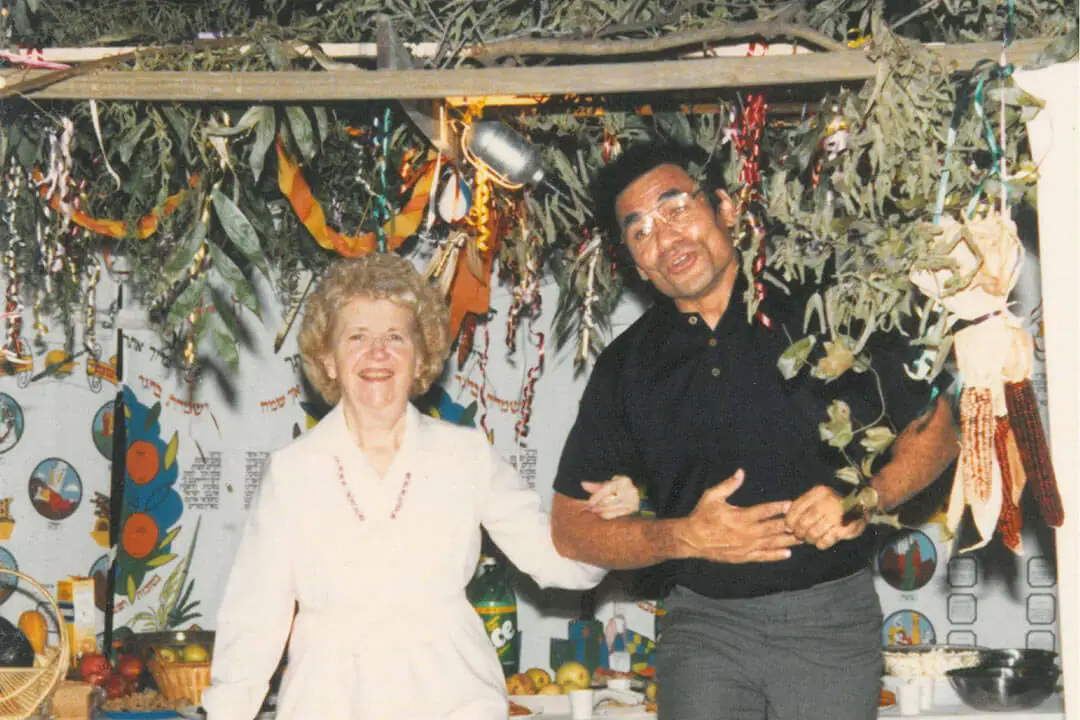
Freda Lindsay (Shira’s mother) and Ari dancing in their backyard sukkah during the Feast of Tabernacles.
A New Model
As the congregation grew, leaders from other Spirit-filled groups around the country visited to learn what was being done so they could replicate it in their hometowns. However, when Ari explained the pillars of their congregation were Worship, the Hebrew language, the Holy Spirit and celebrating the Biblical holidays, some of the leaders were taken aback.
“You’re Judaizers! You cannot follow Yeshua and celebrate Jewish holidays!” they retorted. Ari explained that Yeshua celebrated these holidays and the term ‘Judaizers’ was used in the Bible describing Jews who were trying to force Gentiles to keep Jewish law. “One cannot Judaize a Jew,” he quipped, “and there was never a scripture that instructed Jews to abandon their roots when they accepted the Jewish Messiah.”
Slowly (very slowly), the idea began to gain acceptance. Whether other congregations were Spirit-filled or not, a Messianic Jewish identity in Israel began to take hold. You can be a Jew, live a Jewish lifestyle, and believe in Yeshua!
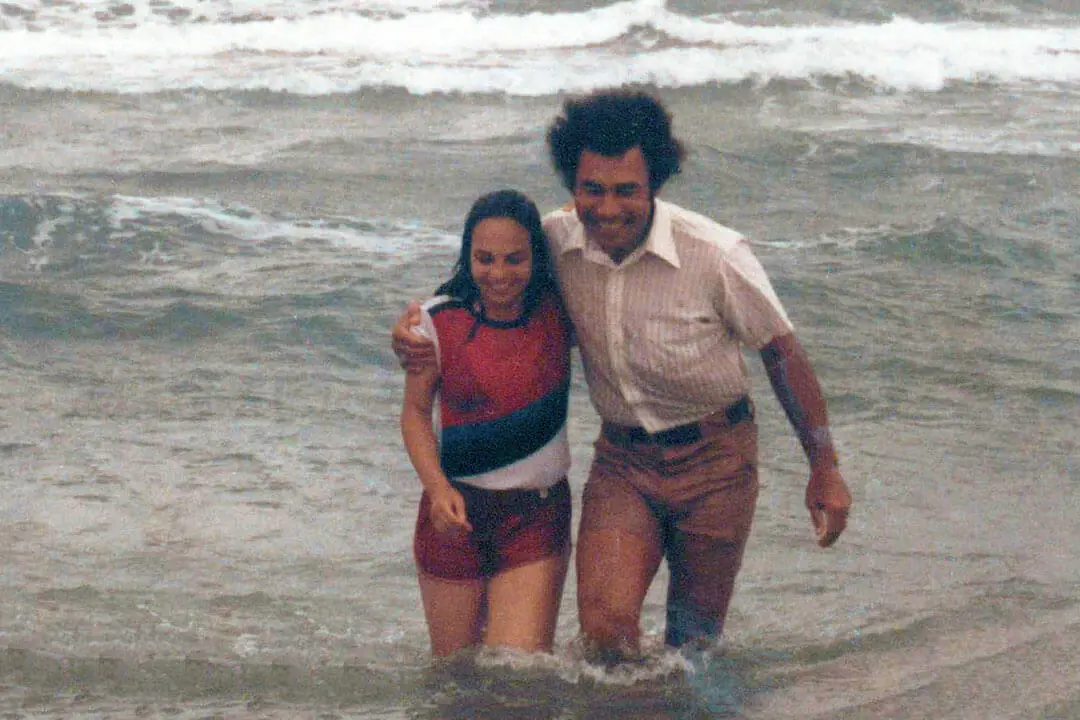
Ari immersing a new believer in the most accessible place possible – the Mediterranean Sea.
40+30
In May 1988, Israel was celebrating 40 years of statehood. New Israeli Messianic groups were forming across the country; it seemed like a wonderful time to celebrate the holiday of Shavuot (Pentecost) with a national Messianic conference. It would be another one of those ‘first-time’ events in almost 2000 years.
The challenge at the time was finding a hotel that would allow them to worship and speak about Yeshua in a Jewish context and allow them to use electronic sound equipment on a Sabbath that was also the holy day of Shavuot. Tourism was down at the time as a Palestinian uprising, now known as the First Intifada, was six months into its six year reign. Hotels were desperate for income, but no hotel would risk losing their Kosher license for one conference.
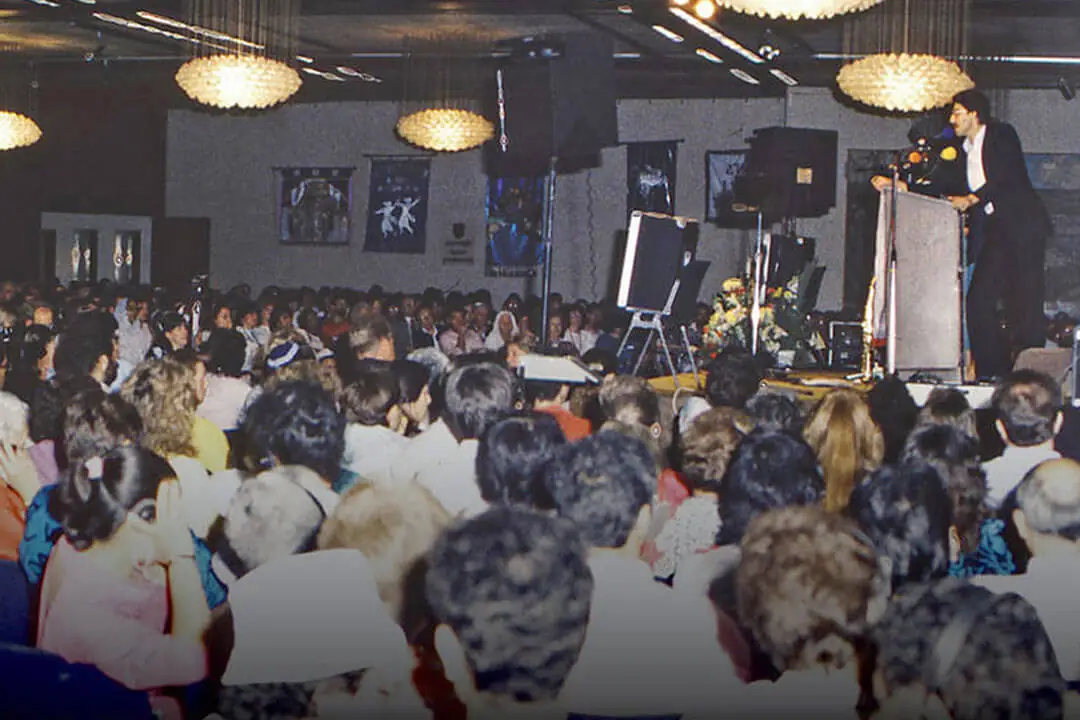
The Shavuot Messianic Conference of 1988 had over 1200 in attendance and had a lasting impact on those who attended.
The Diplomat Hotel in Jerusalem, however, was going bankrupt, so the owner didn’t care about backlash from the Rabbinical authorities and opened wide the doors to his 500-room hotel. Ari and Shira would have had no way of knowing at the time how significant this event would be, but the amount of enthusiasm for the conference from both believers in the land and abroad offered a hint.
Sid Roth, a Messianic Jewish leader from the U.S., brought over the largest tour ever at that time—nearly 500 people—to attend the conference. Another 725 local believers from every corner of the country and various theological backgrounds would also attend. The interest was so overwhelming that in the end, they had to turn people away. At the last minute, a group of about 50 Honduran tourists arrived who had flown in especially for the conference. Ari and Shira didn’t have the heart to turn them away, so they quickly found them lodging in a nearby hotel called Eden.
Well-respected speakers from both Israel and abroad spoke. The first Messianic bands “Lamb” and “Israel’s Hope” from the U.S. had everyone dancing as one. Their music added a richness to the Messianic identity. The Israeli press covered the conference. The realization to the small local group of believers—that they were really part of something bigger—impacted local believers long after the conference ended.
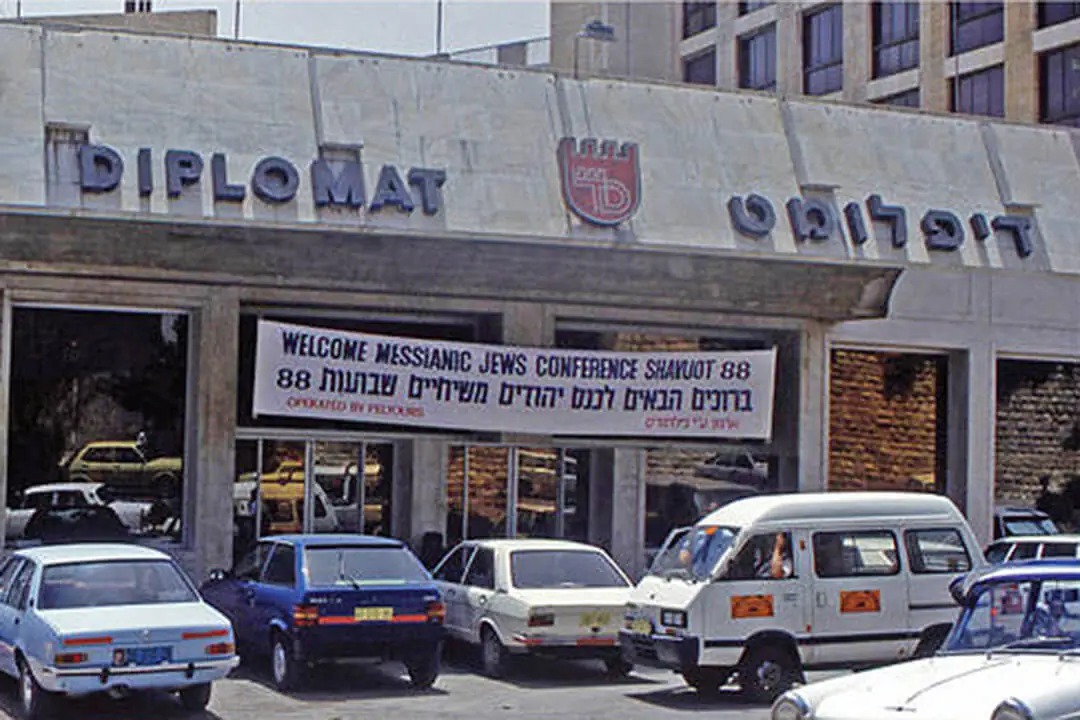
The Shavuot Messianic Conference of 1988
At some point, the mixing of various streams of believers into one worship service, came to a head when an Israeli leader walked out because others around him were praying in tongues. Some of the people were discouraged by the sudden walkout, but many stayed well into the night praying and seeking the Lord together. They would later testify they sensed something significant had happened. Even those leaders who found the tongue-speakers to be heretical would admit in hindsight that the best thing about the 1988 conference “was that it happened.”
That the conference would leave its mark on the hearts of those who were there would be evident in the years following. But it would be three decades before Ari and Shira would be stunned by the added significance of the time and location of that national worship gathering. Almost exactly 30 years later, as Israel celebrated its 70th anniversary, the U.S. would be the first nation to officially recognize Jerusalem as the ancient and present capital of the land and people of Israel.
The U.S. purchased two properties as they worked out the logistics of the Embassy move from Tel Aviv to Jerusalem—the Diplomat Hotel and the Eden Hotel. As for the Hondurans who joined their hearts with Israeli believers 30 years before in that exact hotel? Their country has decided to move their embassy to Jerusalem as Israel’s legitimate capital!
Following the conference, people arrived from all over to visit Kehilat Hasharon. It seemed in every service that at least one person would come to the Lord. Seeds of faith sown for years were finally starting to bud. Within months, however, Ari and Shira would have to make one of the most difficult decisions of their lives.
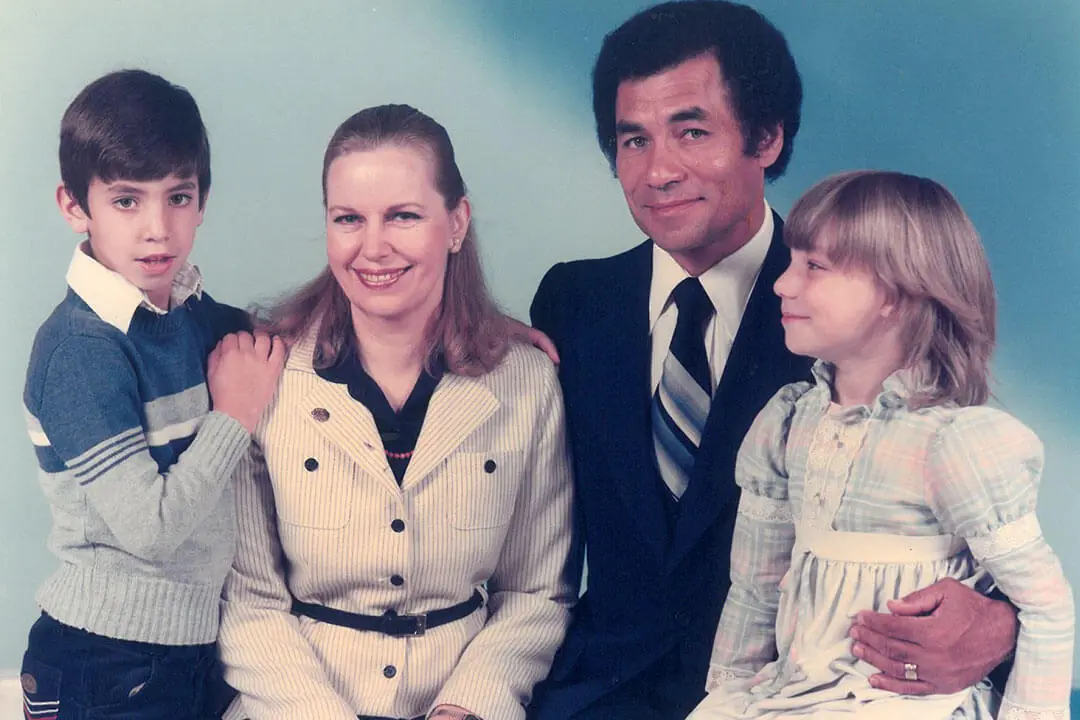
Ayal, Shira, Ari and Shani in the 1980’s
Family First
Raising kids in ministry is no easy task no matter who you are or where you live. It is likely, however, that Ari and Shira’s son, Ayal, was in the top 1% of most difficult humans to raise while planting a pioneering work in a then developing country.
Ayal only sat still when he was asleep. He was an out-of-the-box type kid—meaning if there was a box around, it would surely not look anything like a box when he was done with it. In light of that, he was rarely taken to visit other people’s homes as he would take everything he found apart—from cabinets to radios—but would have no idea how to put them back together.
At the age of two he climbed over a ledge and fell two stories, cracking his skull on the edge of a banister. At three he found an unmanned golfcart and drove it through the front of a building—with his two-year-old sister in the passenger seat. Around the age of four he was carried in by a woman during one of the worship services in Ramat HaSharon. He had been running around outside and she had hit him with her car. Being the committed team they were, Ari took Ayal to the hospital, and Shira stayed to finish out the service.
Those are just some of the highlights. Life with Ayal was a constant tornado. However, the real issues became apparent when he started school. There were no diagnoses at the time for behavioral or learning disabilities, let alone training for teachers to know how to handle such kids. And so, Ayal was in constant trouble at school.
Beyond the chaos, however, the biggest problem was that Ayal was not learning. He simply could not remember anything he was taught. By the fourth grade, unable to write his own name in Hebrew correctly, his teachers simply told him he was too dumb to learn. When Ari and Shira heard this, they knew they had to take drastic steps to help their son.
About that time, a minister’s wife visiting Israel just happened to hear that the Sorko-Ram’s needed help for their son. She was an expert in children’s learning disabilities and after a quick test, she told them Ayal had classic dyslexia and ADHD. Soon, Ari and Shira learned there was a special school he could attend in Dallas, Texas that could essentially teach him how to learn. But that meant leaving everything they had spent over a decade painstakingly building in Israel.
Even as they weighed their options, they knew another year of Israeli school for Ayal was out of the question. So they handed the congregation over to several leaders from their core group who gave them a warm goodbye party.
Despite never having learned in English, within months Ayal was thriving in his new school. He still couldn’t read or write well, but he was improving like never before.
Two significant things happened during the two years they lived in Dallas before returning to Israel. First, was a fateful service the Sorko-Ram’s attended in which a minister prayed for Ayal and right then and there in front of everyone he began to read. And while he never did well in a sit-still-and-listen setting, his ability to learn and his memory changed dramatically. Apparently, God didn’t deem some things requirements for a successful and happy life as today Ayal is happily married and runs his own nanobiotechnology company.
The second significant thing was a chance meeting between Ari and Shira and Ray and Christy Wilkerson. They would meet on a two-day family road trip, and by the end of the trip a lifelong relationship had begun. Christy began part-time office work for Maoz and would go on to become Maoz Israel’s international administrator, a position she still holds today.
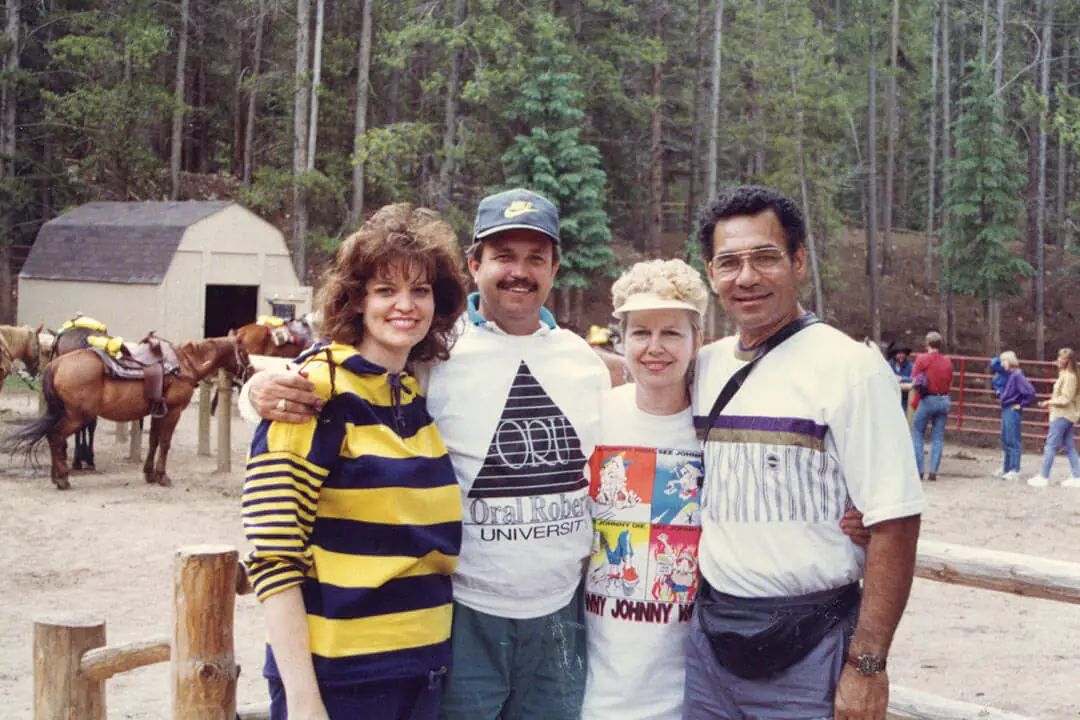
Ari and Shira on the trip where they met Ray and Christy Wilkerson
Homecoming
With Ayal’s education back on track, and some overseas admin help in Dallas, the Sorko-Rams returned to Israel after two years abroad.
Unfortunately, the warm well-wishers who had seen them off were not there to greet them upon their return. The congregation had collapsed, and rumors were flying everywhere. Ari and Shira were devastated. They knew they had done the right thing to prioritize their son, but seeing so many years of effort dissolve into nothing hurt deeply.
While they were processing the shock of what greeted them upon their return, they received a message from a godly man they respected:
It was simple, “If you can forgive completely and move on, the Lord will be able to use you on a much greater level in Israel.”
In hindsight, some quality leaders were raised up out of that early congregation. And two congregations would be birthed from the ashes of their work—two congregations that still thrive today.
But hindsight is 20/20. At the time, all Ari and Shira could feel was the loss. They resolved to find other ways to build up the Messianic community in Israel. But they were determined never to plant another congregation. Ever.
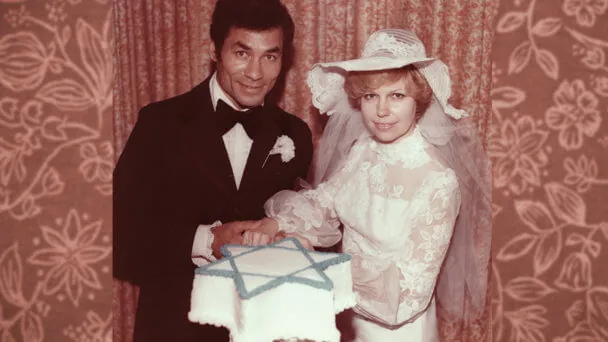
How it all began
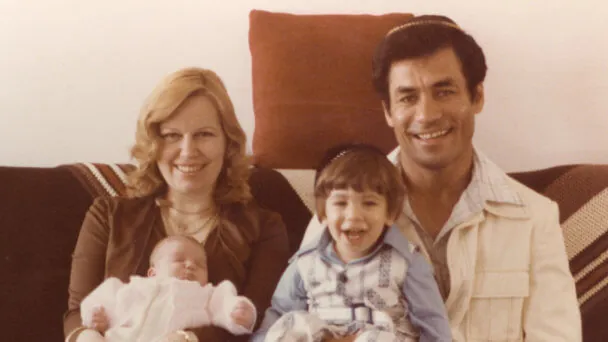
When Ari Met Shira

The First Congregation

The War, the Immigrants and the Training Center

Israel’s Second Underground Railroad

The Major and the Millionaire

Diary of an Israeli Soldier

The Right to Exist
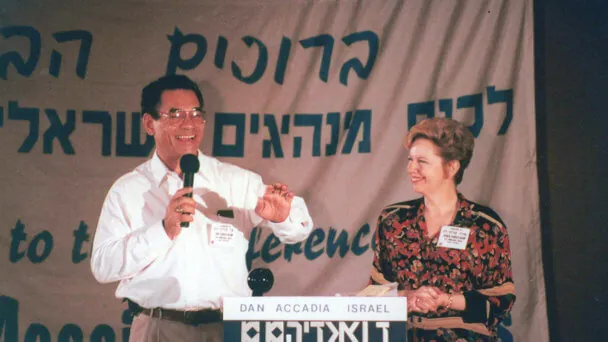
Never Say Never

The Birth of Tiferet Yeshua
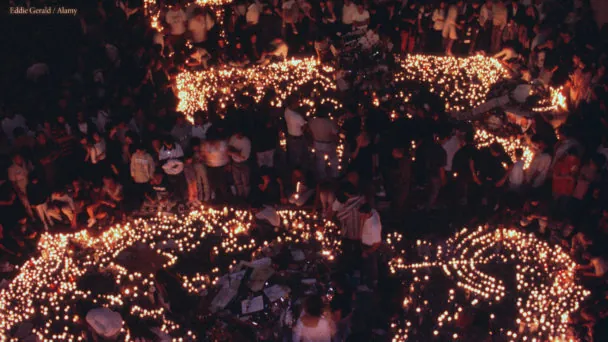
A Spark in the Dark
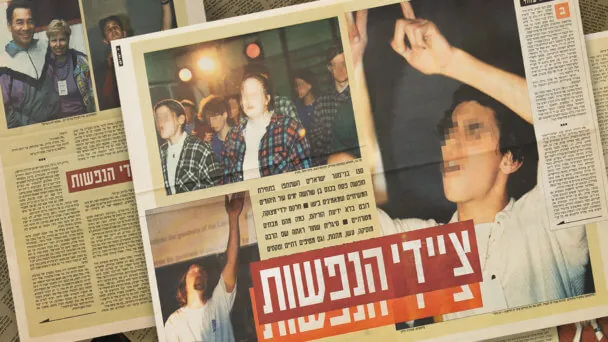
The News & The Police
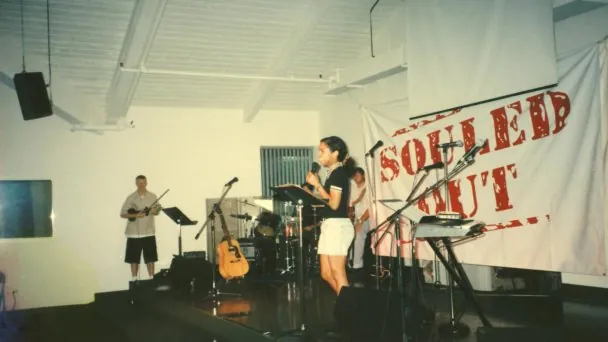
Souled Out Comes to Israel

Israel Wrestles with Democracy
